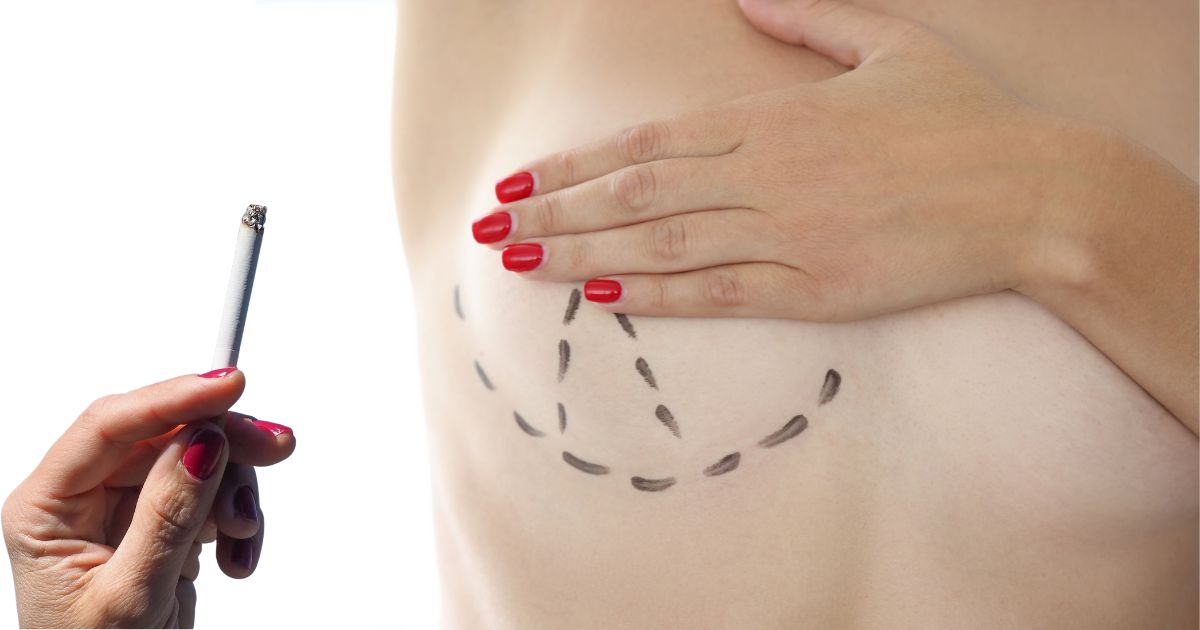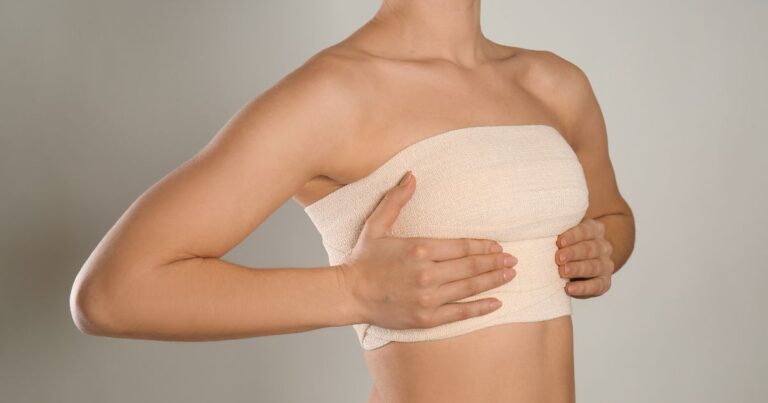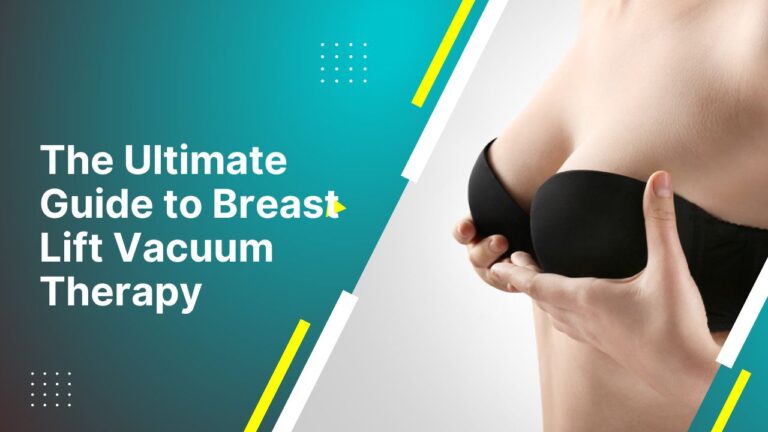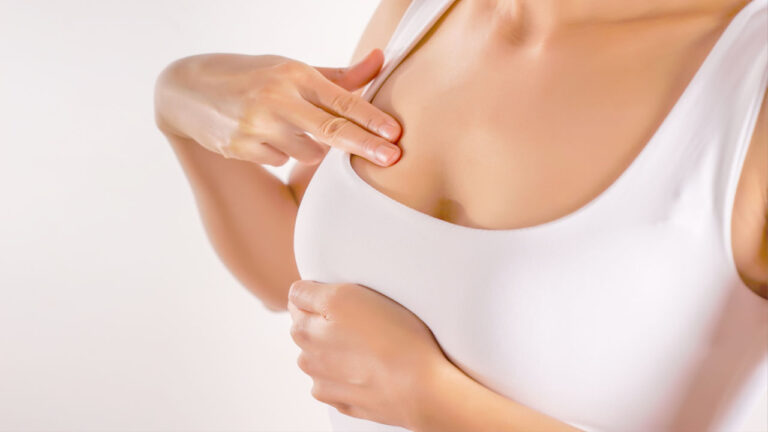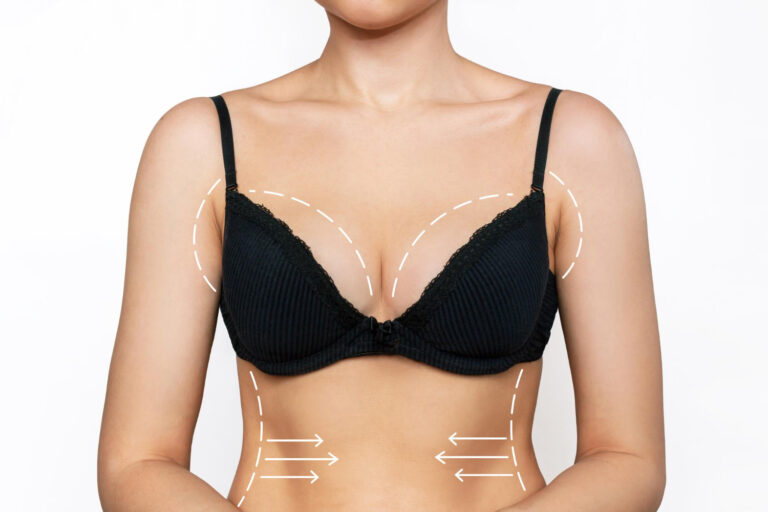A breast lift surgery, medically known as a mastopexy, is an essential aesthetic procedure enhancing the shape and lift of the breasts. However, it’s crucial to consider the substantial impact of lifestyle factors, notably the effects of breast lift smoking, on the procedure and subsequent recovery. This article comprehensively unpacks the complicated relationship between breast lift smoking and surgery.
The Interplay Between Breast Lift Smoking and Surgery Outcomes
Smoking significantly affects the body’s healing mechanism, leading to complications during and after a mastopexy. Here are some crucial aspects to consider:
Reduced Blood Flow
Vasoconstriction is the narrowing of blood vessels caused by smoking. After surgery, reduced blood flow lowers the body’s capacity to heal, potentially leading to wound complications.
Delayed Healing and Increased Risk of Infection
As smoking inhibits the healing process, the recovery duration might be extended. This delay opens up possibilities for infections and wound dehiscence, which is a complication where the wound ruptures along a surgical incision.
Book A Consultation With Dr Tarek Bayazid
Top-rated Plastic Surgeon For Breast Lift in Dubai
Installment Plan Available
Compromised Anaesthesia Efficacy
Nicotine, a potent substance in cigarettes, can counteract the effects of anaesthesia. This resistance may lead to an unpredictable response to sedatives and pain management post-surgery.
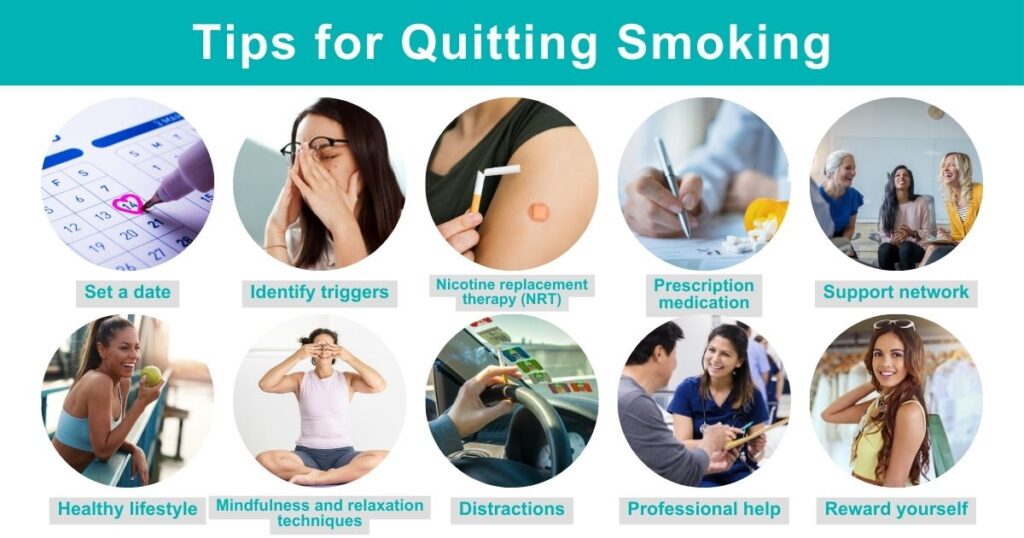
Pre-Surgery Recommendations for Smokers
For smokers considering surgery, there are essential measures to take before the breast lift procedure:
Quit Smoking
Medical professionals highly recommend quitting smoking at least six weeks before the surgery. In addition to recovering from the harmful effects of smoking, this break also increases your chances of a successful surgery and recovery.
Follow Medical Advice
Your surgeon or medical team will provide guidelines tailored to your situation. These recommendations may include nutritional advice to boost your immune system and wound healing capabilities.
Post-Surgery Guidelines for Smokers
Following surgery, it’s crucial to take specific steps to ensure a smooth recovery:
Avoid Smoking
In the days following surgery, patients are recommended not to smoke. This period allows your body to focus on healing without the additional strain caused by smoking.
Adhere to Post-Operative Care Instructions
Your medical team will provide comprehensive instructions on wound care and potential signs of infection to watch out for during your recovery period.
Carbon Monoxide’s Role in Oxygen Deprivation
Another harmful component of cigarette smoke is carbon monoxide. Carbon monoxide competes with oxygen, causing systemic hypoxia or a deficiency in oxygen-reaching tissues. This deprivation can further exacerbate the healing process, particularly in areas with compromised blood supply, such as surgical sites.
Post-Operative Complications Attributable to Smoking
As we’ve discussed, the surgical healing process is significantly hampered in smokers, which can lead to a host of postoperative complications, including:
Necrosis
Necrosis occurs when a tissue lacks blood supply, causing it to die. In the context of breast lift surgery, skin or nipple necrosis could occur, resulting in a prolonged healing process and potentially leading to an unsatisfactory cosmetic outcome.
Wound Dehiscence
As mentioned earlier, wound dehiscence is when a surgical wound reopens. The delayed healing associated with smoking increases the risk of this complication.
Infections
By reducing blood flow and oxygenation to tissues, bacteria are able to grow more easily, increasing infection risks.
Tips for Quitting Smoking
- Set a Date: Set a quit date, ideally within the next two weeks. This gives you enough time to prepare without losing your motivation.
- Understand your Triggers: Identity what triggers your craving for a cigarette – it could be stress, after meals, or when you’re drinking alcohol. Once you know your triggers, you can develop a strategy to manage them.
- Nicotine Replacement Therapy (NRT): Consider using NRTs like patches, gum, inhalers, or lozenges. These can help manage withdrawal symptoms.
- Prescription Medication: Speak with your doctor about prescription medications that can help you quit. These can reduce cravings and withdrawal symptoms.
- Support Network: Quitting can be easier when you have support. Inform your friends and family about your decision and ask for their support. You could also consider joining a local quit smoking group.
- Healthy Lifestyle: Incorporate physical activity into your daily routine, and maintain a balanced diet. Regular exercise and a healthy diet can help reduce your desire to smoke and manage weight gain.
- Mindfulness and Relaxation Techniques: Techniques like deep-breathing exercises, yoga, massage, and tai chi can help manage stress and reduce cravings.
- Distractions: Find healthy distractions that can keep your mind off smoking. This could be reading, painting, or any other hobby you enjoy.
- Professional Help: Consider seeking help from a counsellor or therapist. Cognitive-behavioural therapy (CBT) can be particularly effective in smoking cessation.
- Reward Yourself: Each day, week, or month you go without smoking is a milestone. Celebrate these achievements and reward yourself with something you enjoy.
Remember, quitting smoking often takes multiple attempts. Don’t be discouraged by setbacks, but view them as opportunities to learn and refine your quitting strategy.
Understanding the harmful impact of breast lift smoking on surgery underscores the importance of cessation before the procedure. Even a temporary halt in smoking can significantly improve surgical outcomes and recovery. So, for anyone planning this transformative step, embarking on a smoke-free journey will enhance their health and the success of their cosmetic aspirations.
Understanding the wide-ranging impact of smoking on the process and recovery of a breast lift procedure emphasises the need for expert guidance and personalised care.
Dr Tarek Bayazid is committed to ensuring your surgical journey is safe, informed, and yields the most satisfying outcomes. Our team, led by Dr Tarek, will work closely with you, providing essential advice and support, particularly on crucial lifestyle adjustments like smoking cessation.
Contact us today to embark on a healthier and more confident chapter of your life with a breast lift surgery. Request a quote at Dr Tarek Bayazid, and let us guide you through a successful, smoke-free cosmetic journey.
